11 Key Things to Know Before Exploring Namibia
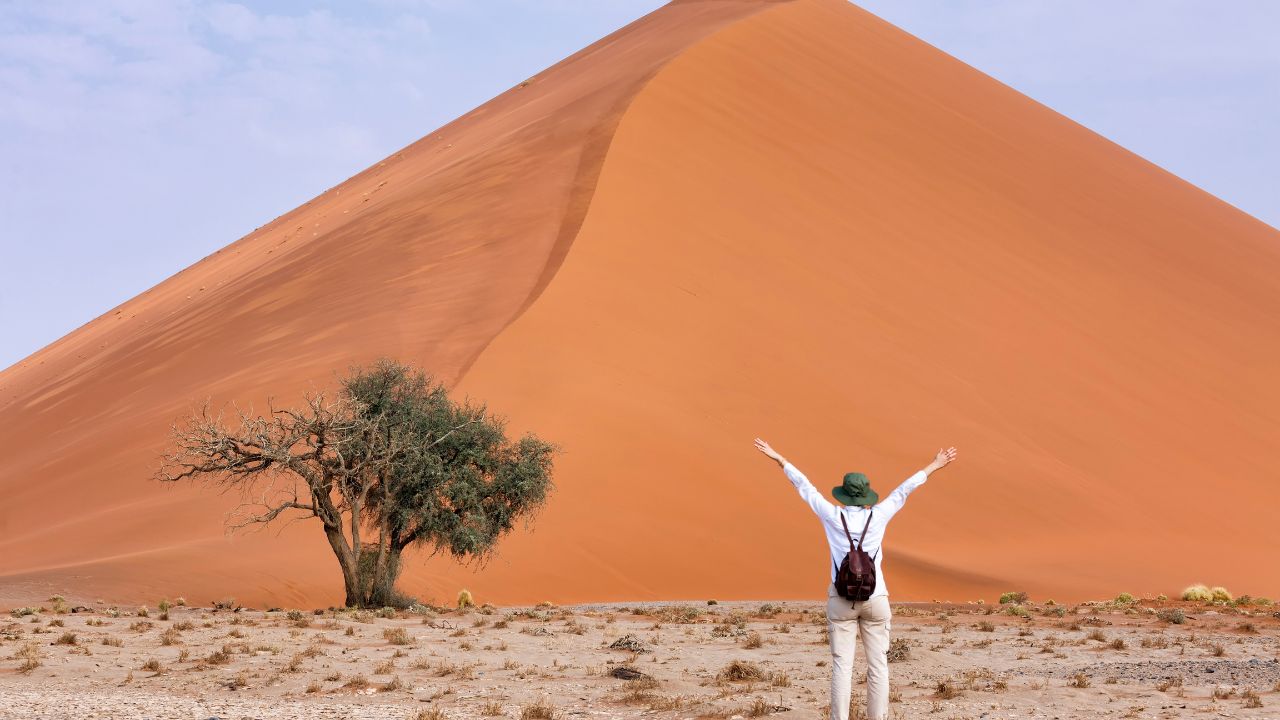
Namibia is a dream destination for those seeking wild landscapes, epic road trips, and unforgettable wildlife. But before you set off across its deserts and dunes, a little preparation can make your journey safer, smoother, and far more rewarding. From booking early to staying safe on the road, here are 11 key things to know before exploring Namibia.
Book Early
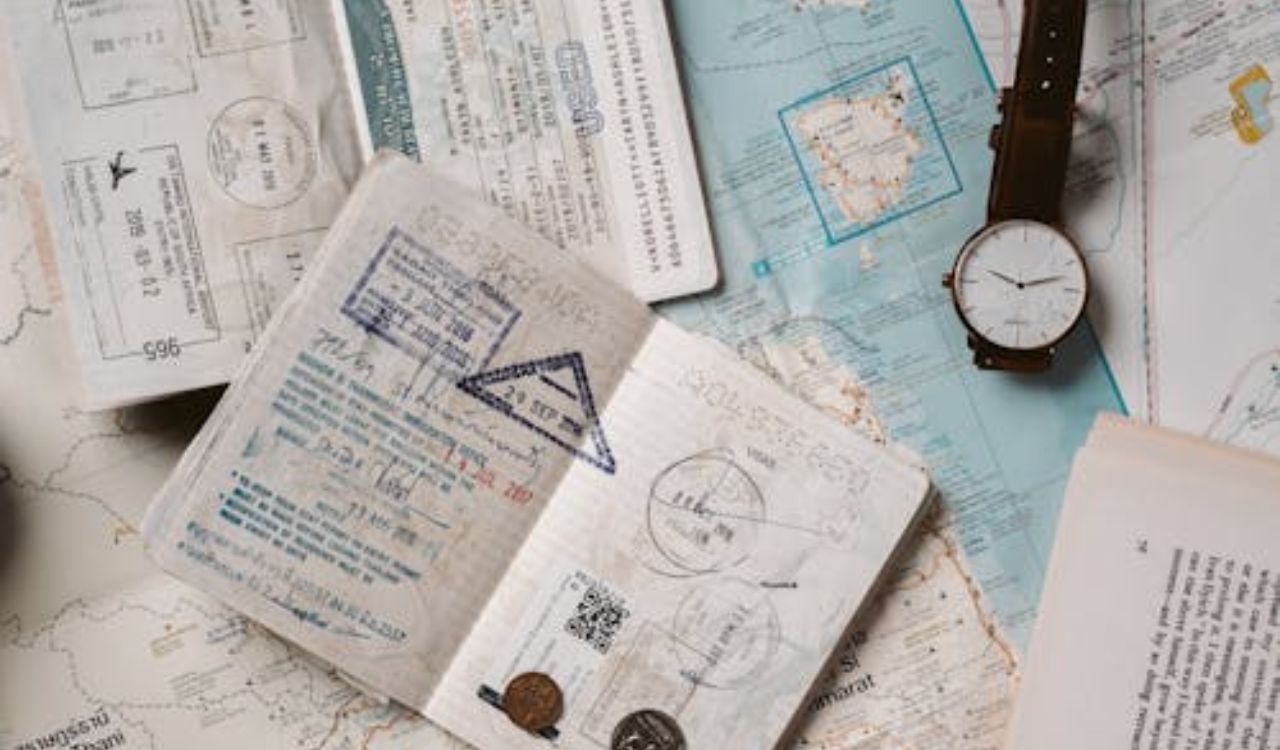
Namibia might seem like a hidden gem, but it’s a popular spot for travelers who love nature and adventure. Lodges near places like Etosha National Park often fill up months in advance, especially during peak season from July to October. Many tour companies block-book rooms early, making it harder for solo travelers to find options later on. To avoid missing out, it’s best to book your accommodations and rental car 6 to 12 months ahead—especially if your dates aren’t flexible or you’re traveling with family.
Rent a 4×4
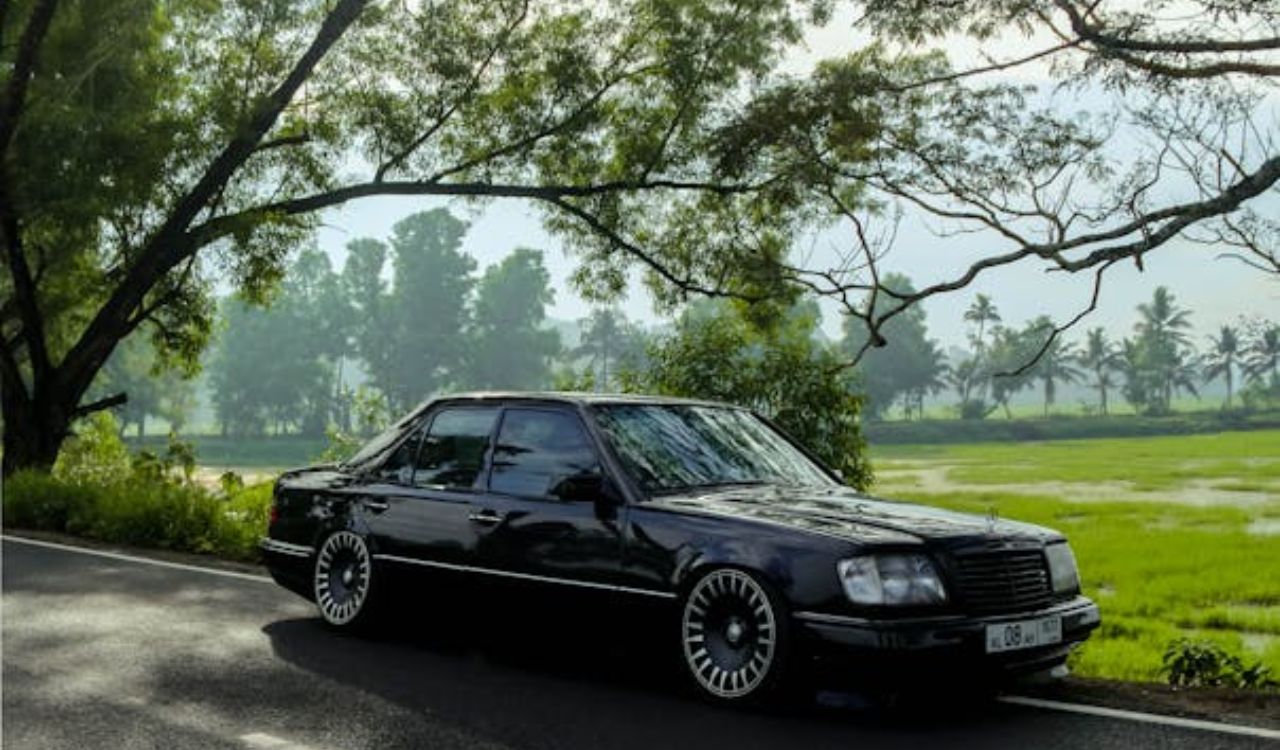
If you’re planning to explore beyond the main cities, a 4×4 vehicle is a must in Namibia. Many of the country’s most breathtaking places—like Sossusvlei, Damaraland, or the Skeleton Coast—are only accessible via rough gravel or sandy tracks. Regular cars might struggle, and breakdowns in remote areas can be dangerous. A 4×4 gives you the freedom and safety to explore at your own pace. Make sure to carry at least two spare tires and some extra fuel when heading into the wild—help may be far away, and being prepared can save you a lot of trouble in the middle of nowhere.
Don’t Drive at Night

Night driving in Namibia is strongly discouraged, not because of crime, but because of wildlife. Large animals like kudu and antelope often cross roads at night, and there are no lights on rural highways. Hitting one of them can seriously damage your vehicle—and put you at risk. Many car rental companies even forbid driving after dark. Plan your routes so you reach your destination before sunset. That way, you’ll stay safe, avoid road hazards, and won’t miss out on enjoying Namibia’s gorgeous scenery along the way.
Pack for All Seasons

Namibia’s climate can shift dramatically from day to night. While it may be hot and sunny during the afternoon, evenings and early mornings—especially in winter—can get very cold. Desert areas are known for this contrast, so it’s best to pack layers. Bring lightweight clothes for the day, but also a warm jacket, long pants, and something to cover your ears or hands at night. Don’t forget sunglasses, a wide-brimmed hat, and sunscreen. Whether you’re hiking dunes, on a game drive, or relaxing under the stars, you’ll want to be ready for anything.
Travel Insurance Is a Must

Namibia’s remote landscapes are stunning—but help isn’t always nearby. Medical facilities can be far away, and vehicle breakdowns may take hours to resolve. That’s why having good travel insurance is essential. Look for a plan that covers emergency medical care, evacuations, and car rental issues like tire damage or windshield cracks. It gives you peace of mind and ensures you’re protected in case something goes wrong—because in Namibia, preparation is just as important as the adventure.
Fuel and Cash Are Scarce
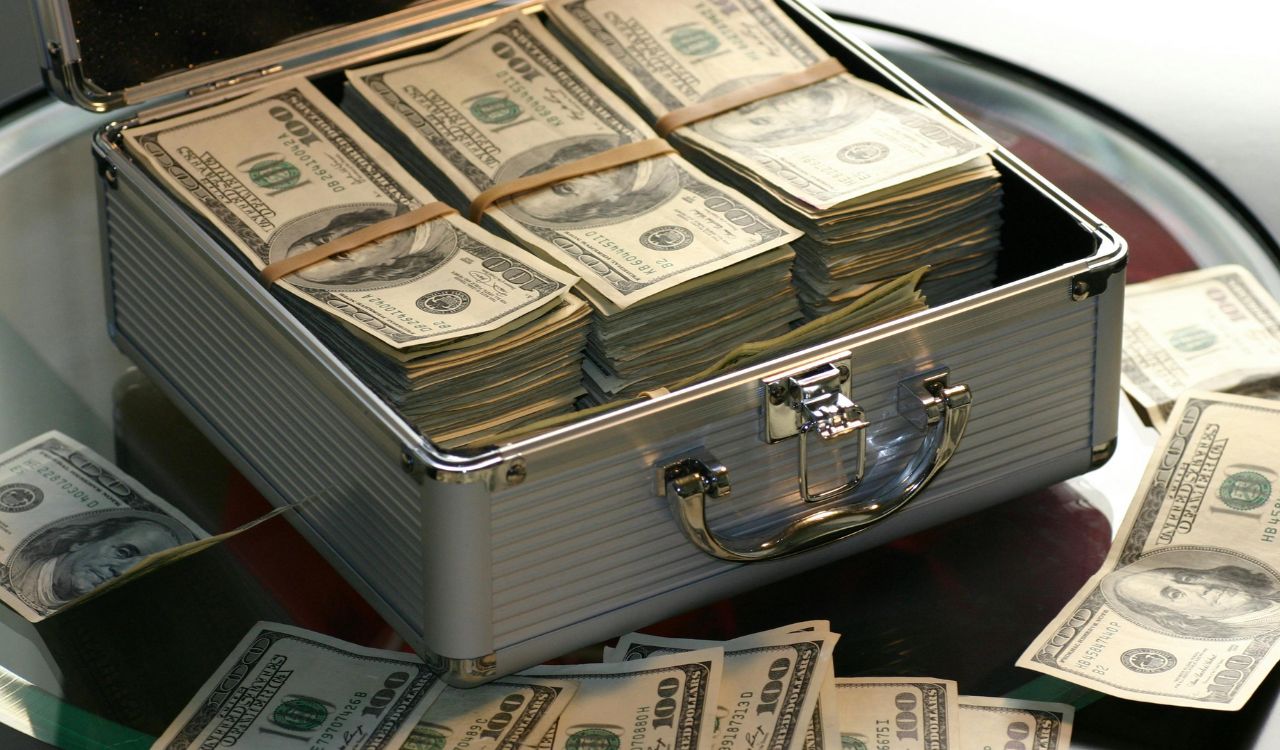
In Namibia, both fuel and cash can be hard to come by—especially when you’re far from the cities. Gas stations can be hundreds of kilometers apart, and some aren’t even shown accurately on maps. It’s a good rule to refill your tank whenever you can. Similarly, many remote lodges and shops don’t accept credit cards, so always carry some Namibian or South African Rand in small bills. These small preparations help you avoid being stranded or unable to pay when it matters most. In Namibia, self-reliance is part of the adventure.
Bring Water and Snacks

Traveling through Namibia means long hours on the road with few places to stop. You won’t find convenience stores or restaurants on every corner, so it’s essential to bring your own supplies. Keep a cooler in your car with plenty of water, easy-to-pack snacks, and perhaps some fruit or sandwiches. The dry desert climate can quickly dehydrate you, and having food on hand keeps your energy up for drives, hikes, or unexpected delays. Being prepared means you can enjoy the journey without worrying about when or where you’ll eat next.
Respect the Wildlife

Namibia is home to incredible wildlife, from roaming elephants to shy desert lions. Seeing them in their natural habitat is unforgettable, but it’s important to stay respectful and cautious. Never get out of your vehicle in game reserves unless it’s clearly allowed, and always keep a safe distance. Avoid feeding or approaching animals, no matter how calm they seem. They’re wild, and their behavior can be unpredictable. Treat every sighting with care—it keeps you safe and ensures future visitors can enjoy the same natural wonder.
Safe but Stay Smart

Namibia is one of Africa’s safest countries for travelers, but that doesn’t mean you should let your guard down. Like anywhere, it’s smart to take basic precautions. Don’t walk alone at night in unfamiliar towns, avoid flashing valuables, and be cautious at ATMs. Lock your car when leaving it and store important items out of sight. Most visits go smoothly, and the locals are friendly and welcoming, but staying alert will help ensure your trip remains worry-free and full of amazing memories.
Don’t Rush the Drive
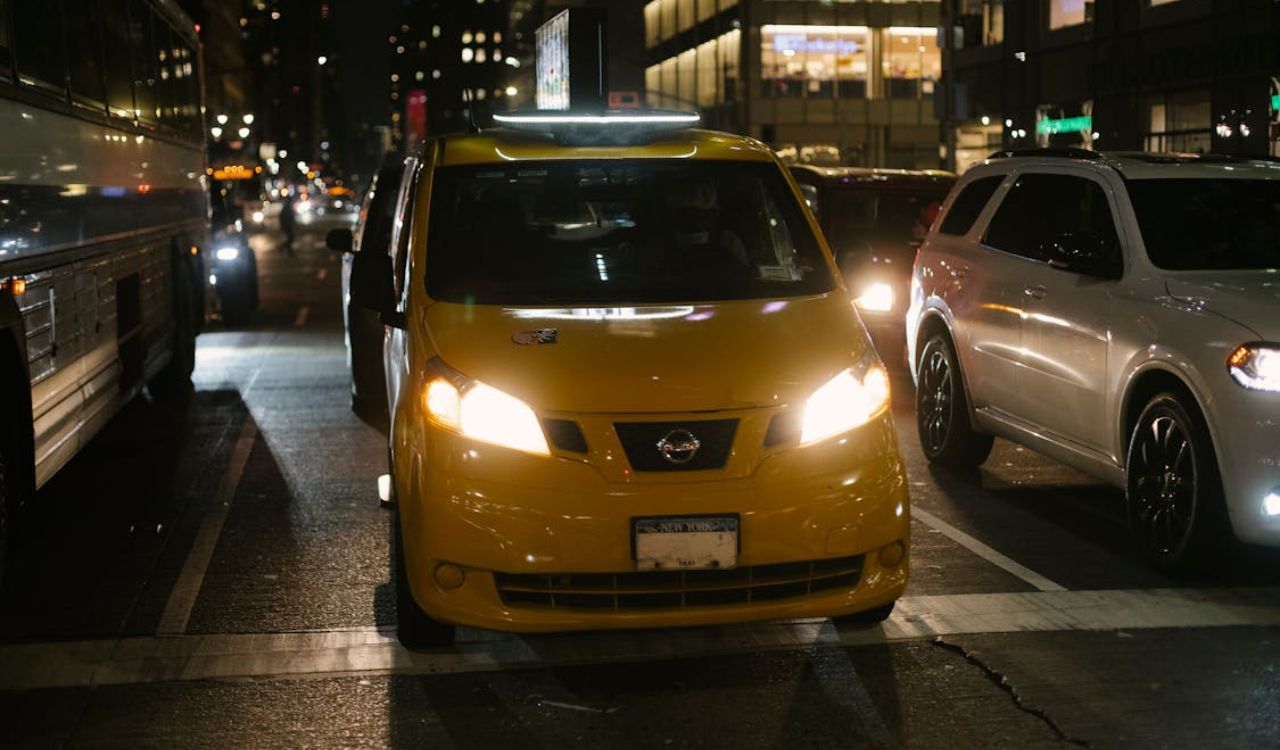
Namibia may look manageable on the map, but distances can be deceiving. Many roads are gravel and take longer to drive than expected. Trying to see too much in too little time can leave you tired and stressed. Instead, plan for shorter driving days—around 4 to 5 hours max—and leave room for unexpected photo stops, wildlife sightings, or road delays. Taking it slow not only keeps you safer but also helps you truly enjoy Namibia’s epic views, peaceful silence, and wide-open skies.
Don’t Rely on Maps Alone
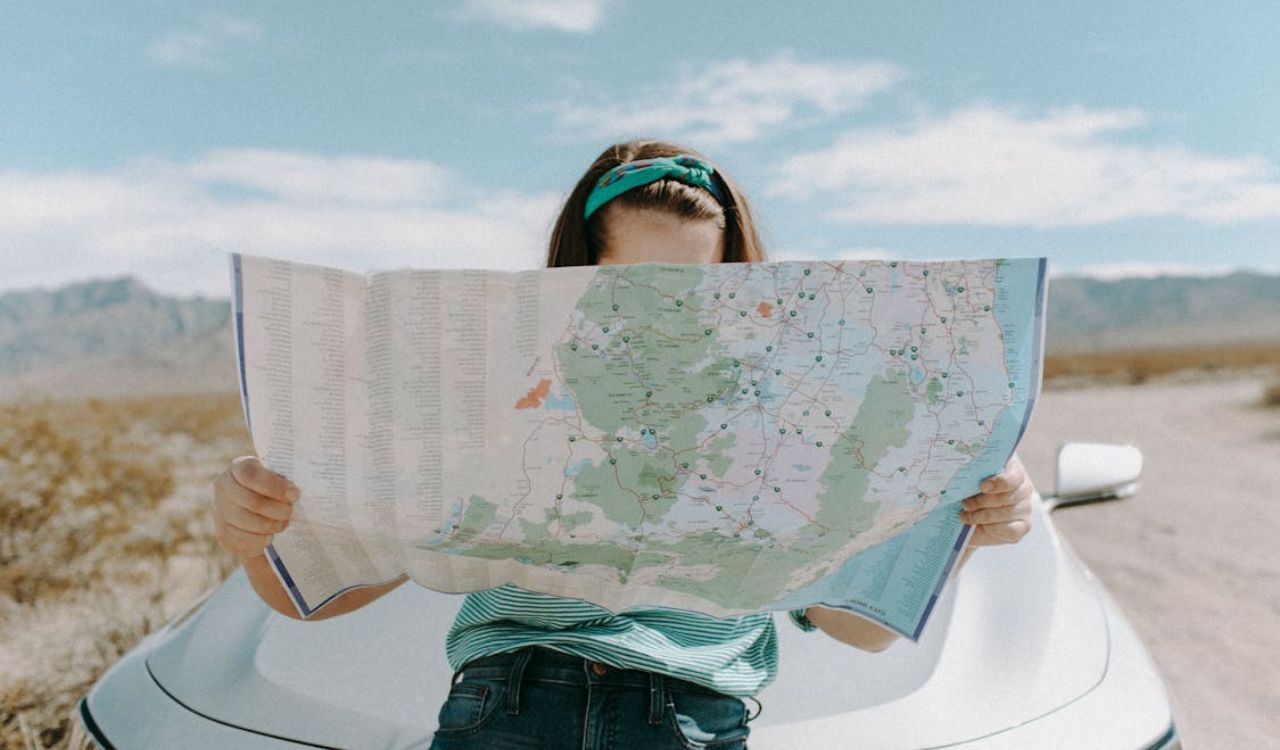
Namibia’s roads can be confusing, especially in remote areas where signs are rare or outdated. GPS apps may lose signal, and some routes that appear on digital maps may be in poor condition or impassable. Always carry a detailed paper map or guidebook as backup. It’s also a good idea to ask locals or your lodge for directions. In a country where one wrong turn can mean hours of backtracking, a little offline navigation can go a long way.